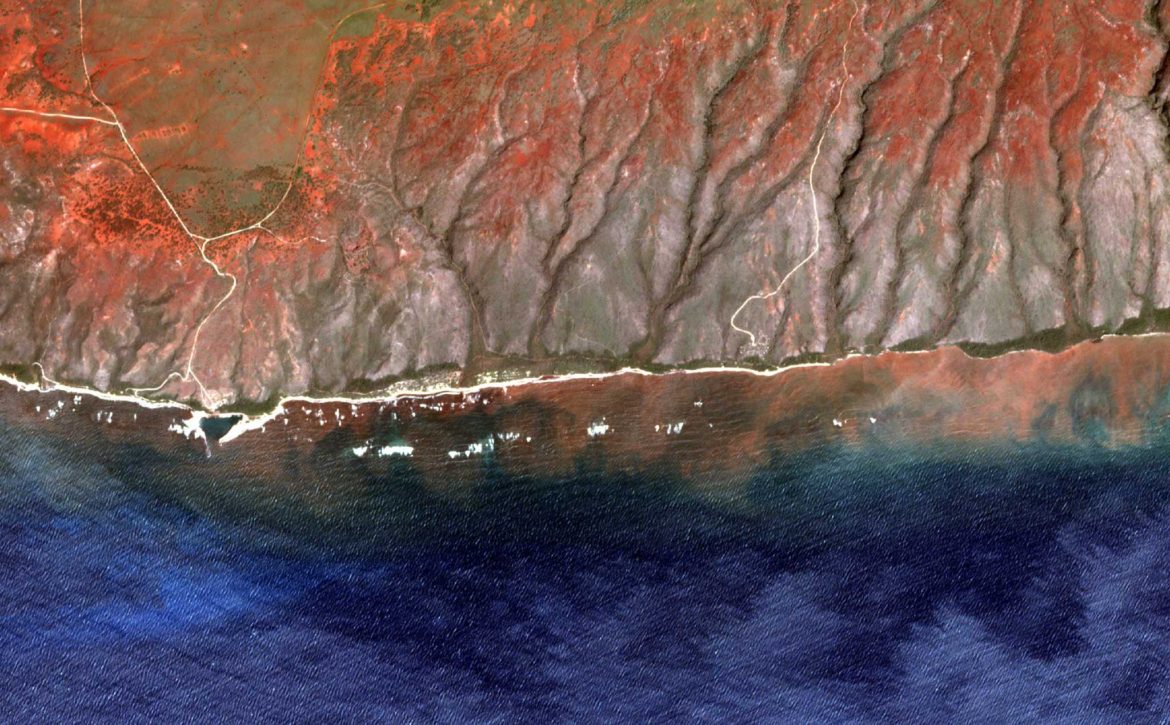
Global warming’s extreme rains threaten Hawaii’s coral reefs
HONOLULU (AP) — As muddy rainwater surged from Hawaii’s steep seaside mountains and inundated residential communities last month, the damage caused by flooding was obvious — houses were destroyed and businesses swamped, landslides covered highways and raging rivers and streams were clogged with debris.
But extreme rain events predicted to become more common with human-caused global warming not only wreak havoc on land — the runoff from these increasingly severe storms also threatens Hawaii’s coral reefs.
“These big events are the ones that have the greatest damage because they are the ones that put the most sediment and nutrients out onto the reef,” said C. Mark Eakin, senior coral advisor to the National Oceanic and Atmospheric Administration and the former director of the agency’s Coral Reef Watch program.
A warmer climate tends to amplify existing weather patterns, said Hawaii’s state climatologist, Pao-Shin Chu, noting the islands have an overall wet climate and that powerful storms are expected to become more frequent.
“Given this climate change or global warming, as we have seen over the last hundred years, the atmospheric water vapor pressure is increasing,” said Chu. “We have some evidence showing that we already have some increasing, very intense rain.”
Coral reefs make up much of Hawaii’s nearshore ocean ecosystem and are critical to the state’s economy.
Hawaii’s reefs protect populated shorelines from massive ocean swells and storm surges from tropical storms — a benefit the U.S. Geological Survey valued at more than $860 million a year.
Adding tourism, fishing, cultural value and other factors, the state’s reefs are worth more than $33 billion, according to a NOAA-funded study.
March’s flooding was caused by a weather system that…
Read More

